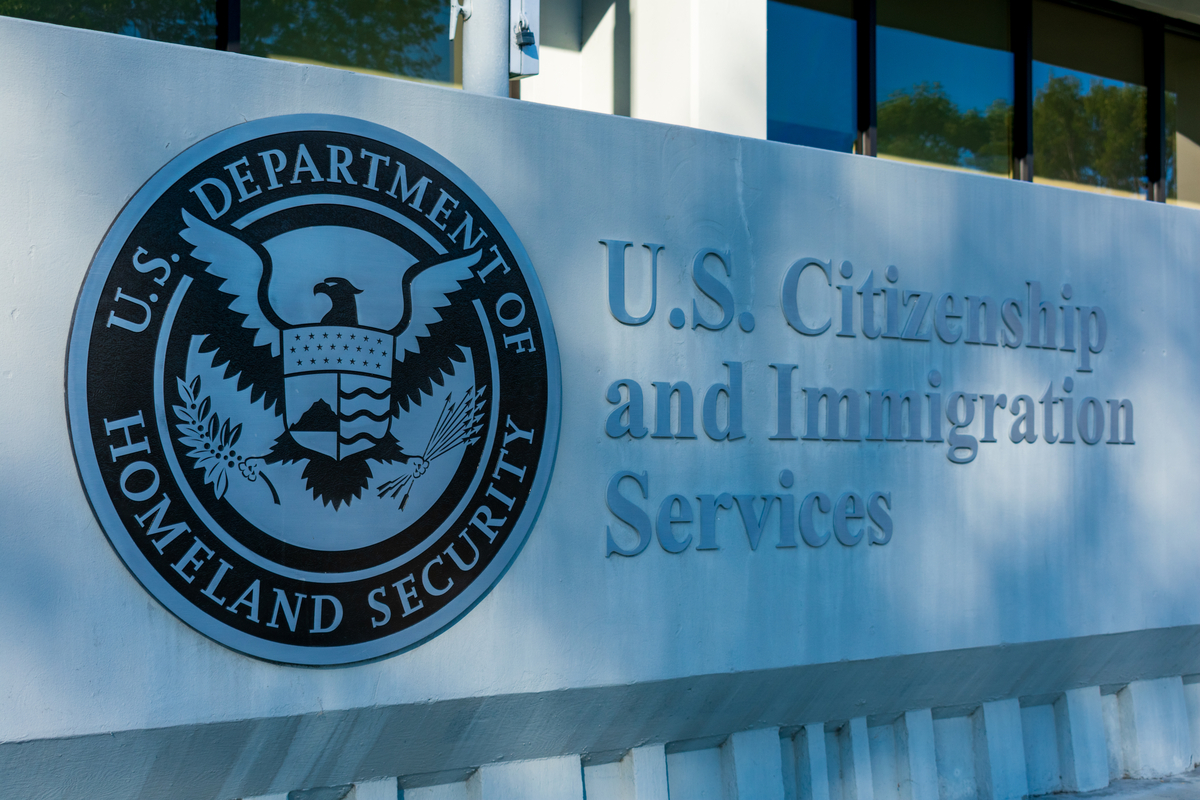 On May 13, 2014, USCIS published new statistical data regarding the number of filed, approved, denied and pending I-526 and I-829 petitions received for the second quarter of the 2014 fiscal year. This update includes data released by USCIS as of March 31, 2014. The data for the I-526 petitions and I-829 petitions can be found on the USCIS website.
On May 13, 2014, USCIS published new statistical data regarding the number of filed, approved, denied and pending I-526 and I-829 petitions received for the second quarter of the 2014 fiscal year. This update includes data released by USCIS as of March 31, 2014. The data for the I-526 petitions and I-829 petitions can be found on the USCIS website.
Data on I-526 Petitions
For the I-526 petitions, there have been a few notable changes between the second quarter of fiscal year 2014 (January – March) and the first quarter of fiscal year 2014 (October – December). Our observations are outlined below:
- There has been a 19 percent increase in number of filed I-526 petitions.
- There has been a 2 percent decrease in the number of approved I-526 petitions
- There has been a 68 percent decrease in the number of denied I-526 petitions.
- There has been a 13 percent increase in the number of pending I-526 petitions.
These statistics show that more and more I-526 petitions are being filed, and consequently, more I-526 petitions are pending in the adjudication queue. The increase in the I-526 petition filings is partially due to the concern of possible EB-5 visa retrogression before October 1, 2014. Additionally, the increase in filed I-526 petitions could also be due to the exponential creation of regional centers. As of June 2, 2014, USCIS has approved approximately 532 regional centers.
More interestingly, there is a huge decline in the number of denied I-526 petitions. This is possibly due to the fact that, given the increasing popularity of the EB-5 program, investors and attorneys are becoming more familiar and sophisticated in submitting complete and comprehensive I-526 filings. Additionally, this could also be a reflection of the Washington, D.C., office’s successful training of the petition adjudicators.
Lastly, it’s important to note that even though there has been an increase in I-526 filings, the number of approved and denied I-526 petitions has decreased. This means that USCIS is having a hard time keeping up with the heavy inflow of I-526 petitions. Thus, these statistics explain why the I-526 petition adjudication processing time has slowly increased over the past year.
Data on I-829 Petitions
For the I-829 petitions, there have also been notable changes, and we outline our observations below:
- There has been a 36 percent increase in number of filed I-829 petitions.
- There has been a 87 percent increase in the number of approved I-829 petitions
- There has been a 74 percent increase in the number of denied I-829 petitions.
- There has been a 9 percent increase in the number of pending I-829 petitions.
Overall, these statistics show that adjudication for I-829 petitions is becoming more active. USCIS is receiving more I-829 petitions, and they are subsequently denying and approving more I-829 petitions. As previously approved I-526 petitions are quickly approaching the I-829 stage, we will see more of an increase and more of a flux of USCIS statistics for the I-829 petitions. Current trends indicate that the I-829 petitions will continue to escalate and USCIS will likely need to train additional adjudicators so that there can be reasonable I-829 processing times.
DISCLAIMER: The views expressed in this article are solely the views of the author and do not necessarily represent the views of the publisher, its employees. or its affiliates. The information found on this website is intended to be general information; it is not legal or financial advice. Specific legal or financial advice can only be given by a licensed professional with full knowledge of all the facts and circumstances of your particular situation. You should seek consultation with legal, immigration, and financial experts prior to participating in the EB-5 program Posting a question on this website does not create an attorney-client relationship. All questions you post will be available to the public; do not include confidential information in your question.








